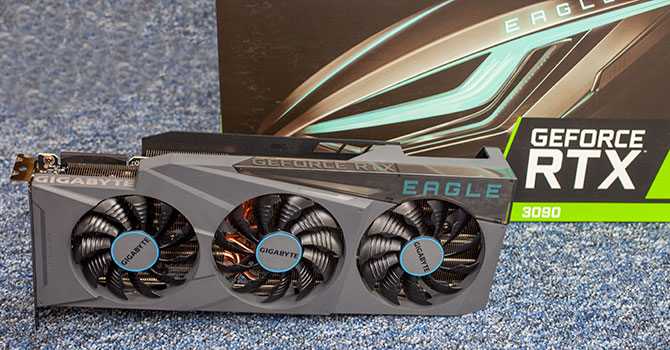Lets see.
40 CU GPU was on par in performance with 40 SM Turing GPU, plus or minus the differences in turbo boost clock speeds.
Also, RDNA1 was on par in IPC with Turing GPUs, already:
https://www.computerbase.de/2019-07.../4/#diagramm-performancerating-navi-vs-turing
The difference is just 1-2% margin IPC benefit for RDNA1 architecture.
Now lets look at Ampere.
68 SM GPU with 320 bit bus is 25% faster than RTX 2080 Ti, which has exactly the same number of SM's but 352 bit bus.
We can safely assume that Ampere brought 25% IPC increase, per SM.
The problem for Ampere is that it clocks somewhat similarly to Turing, it didn't brought clock speed increases.
Now, Navi 22 has, according to MacOS data 2.5 GHz, and according to AMD, themsleves, RDNA2 GPUs have 50% performance per watt increase, and that includes both, IPC and clock speeds.
2.5 GHz is 33% higher clock speed over 1.887 Mhz of 40 CU RX 5700 XT.
And that is without any IPC differences. If RDNA2 brings 10% uplift over RDNA1 in IPC? 40 RDNA2 CUs at 1.8 GHz will perform like 44 RDNA1 CUs at 1.8 GHz. Add to that 33% more performance and you get... RTX 2080 Ti performance levels.
The thing is, what if that 50% performance per watt increase is simply IPC and clock speeds, per CU, as Paul from RedGamingTech says?
What if it actually 20% IPC increase, and 33% clock speeds, at the same time?
That 40 CU GPU, will be 15% faster than RTX 2080 Ti. Just like Coreteks, and AdoredTV suggested that Big Navi GPUs will perform.
My personal expectation is that RDNA2 brings 10% IPC uplift over RDNA1. But I will absolutely not be surprised if the cache patents and discussion that was already done will come to fruition, and that RDNA2 actually has that 20% IPC uplift over RDNA1.
Because since we are on a hype train, and we have seen the clock speeds of Navi 22, what the hell could not be possible, at this point?




